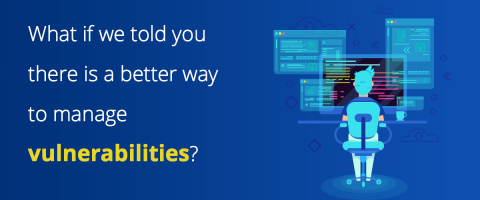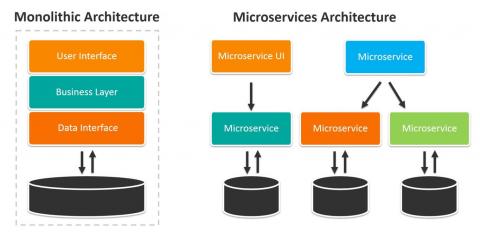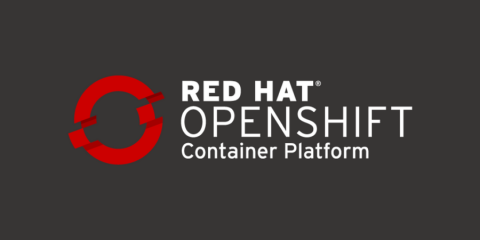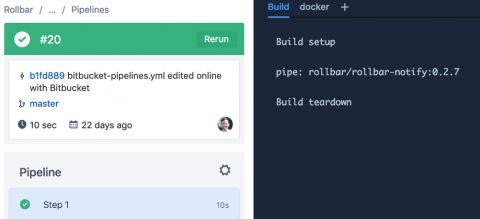Managing Structured Data, Unstructured Data and the In-Between
There’s a lot of confusion surrounding the differences between structured and unstructured data. To better understand why, let’s review which data formats the industry currently is using, and some of the challenges they pose. Simply put, structured data typically refers to highly organized, stored information that is efficiently and easily searchable. Unstructured data is not.











